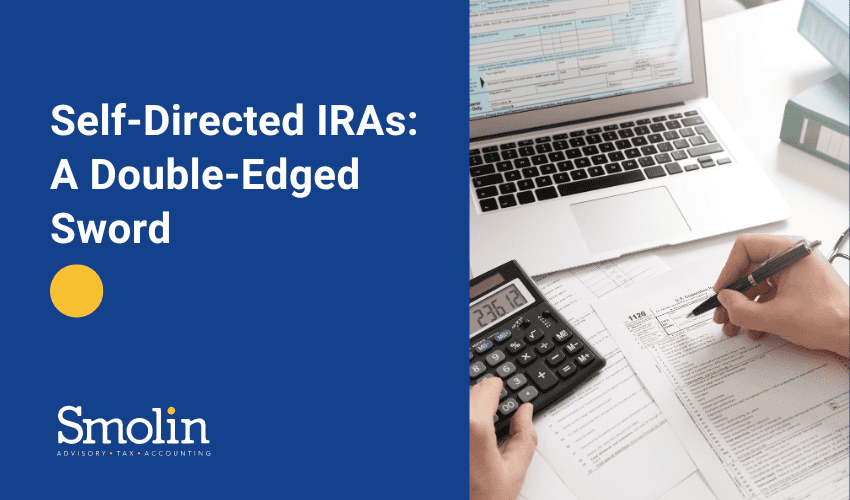If you pay more than $10,000 in state and local taxes (SALT), a provision of the One Big Beautiful Bill Act (OBBBA) could significantly reduce your 2025 federal income tax liability. However, you need to be aware of income-based limits, and you may need to take steps before year end to maximize your deduction.
Higher deduction limit
Deductible SALT expenses include property taxes (for homes, vehicles and boats) and either income tax or sales tax, but not both. Historically, eligible SALT expenses were generally 100% deductible on federal income tax returns if an individual itemized deductions. This provided substantial tax savings to many taxpayers in locations with higher income or property tax rates (or higher home values), as well as those who owned both a primary residence and one or more vacation homes.
Beginning in 2018, the Tax Cuts and Jobs Act (TCJA) limited the deduction to $10,000 ($5,000 for married couples filing separately). This SALT cap was scheduled to expire after 2025.
Rather than letting the $10,000 cap expire or immediately making it permanent, the OBBBA temporarily quadruples the limit. Beginning in 2025, taxpayers can deduct up to $40,000 ($20,000 for married couples filing separately), with 1% increases each subsequent year. Then in 2030, the OBBBA reinstates the $10,000 cap.
The increased SALT cap could lead to major tax savings compared with the $10,000 cap. For example, a single taxpayer in the 35% tax bracket with $40,000 in SALT expenses could save an additional $10,500 in taxes [35% × ($40,000 − $10,000)].
Income-based reduction
While the higher limit is in place, it’s reduced for taxpayers with incomes above a certain level. The allowable deduction drops by 30% of the amount by which modified adjusted gross income (MAGI) exceeds a threshold amount. For 2025, the threshold is $500,000; when MAGI reaches $600,000, the previous $10,000 cap applies. (These amounts are halved for separate filers.) The MAGI threshold will also increase 1% each year through 2029.
Here’s how the earlier example would be different if the taxpayer’s MAGI exceeded the threshold: Let’s say MAGI is $550,000, which is $50,000 over the 2025 threshold. The cap would be reduced by $15,000 (30% × $50,000), leaving a maximum SALT deduction of $25,000 ($40,000 − $15,000). Even reduced, that’s more than twice what would be permitted under the $10,000 cap. The reduced deduction would still save an additional $5,250 in taxes [35% × ($25,000 − $10,000) compared to when the $10,000 cap applied.
Itemizing vs. the standard deduction
The SALT deduction is available only to taxpayers who itemize their deductions. The TCJA nearly doubled the standard deduction. As a result of that change and the $10,000 SALT cap, the number of taxpayers who itemize dropped substantially. And, under the OBBBA, the standard deduction is even higher — for 2025, it’s $15,750 for single and separate filers, $23,625 for head of household filers, and $31,500 for married couples filing jointly.
But the higher SALT cap might make it worthwhile for some taxpayers who’ve been claiming the standard deduction post-TCJA to start itemizing again. Consider, for example, a taxpayer who pays high state income tax. If that amount combined with other itemized deductions (generally, certain medical and dental expenses, home mortgage interest, qualified casualty losses, and charitable contributions) exceeds the applicable standard deduction, the taxpayer will save more tax by itemizing.
Year-end strategies
Here are two strategies that might help you maximize your 2025 SALT deduction:
- Reduce your MAGI. If it’s nearing the threshold that would reduce your deduction or already over it, you can take steps to stay out of the danger zone. For example, you can make or increase pretax retirement plan and Health Savings Account contributions. Likewise, you can avoid moves that increase your MAGI, like Roth IRA conversions, nonrequired traditional retirement plan distributions and asset sales that result in large capital gains.
- Accelerate property tax deductions. If your SALT expenses are less than $40,000 and your MAGI is below the reduction threshold for 2025, for example, you might prepay your 2026 property tax bill this year. (This assumes the amount has been assessed — you can’t deduct a prepayment based only on your estimate.)
Plan carefully
In your SALT planning, also be aware that SALT expenses aren’t deductible for purposes of the alternative minimum tax (AMT). A large SALT deduction could have the unintended effect of triggering the AMT, particularly after 2025.
Under the right circumstances, the increase to the SALT deduction cap can be a valuable tax saver. But careful planning is essential. Contact your Smolin representative for assistance with maximizing your SALT deduction and other year-end tax planning strategies.









